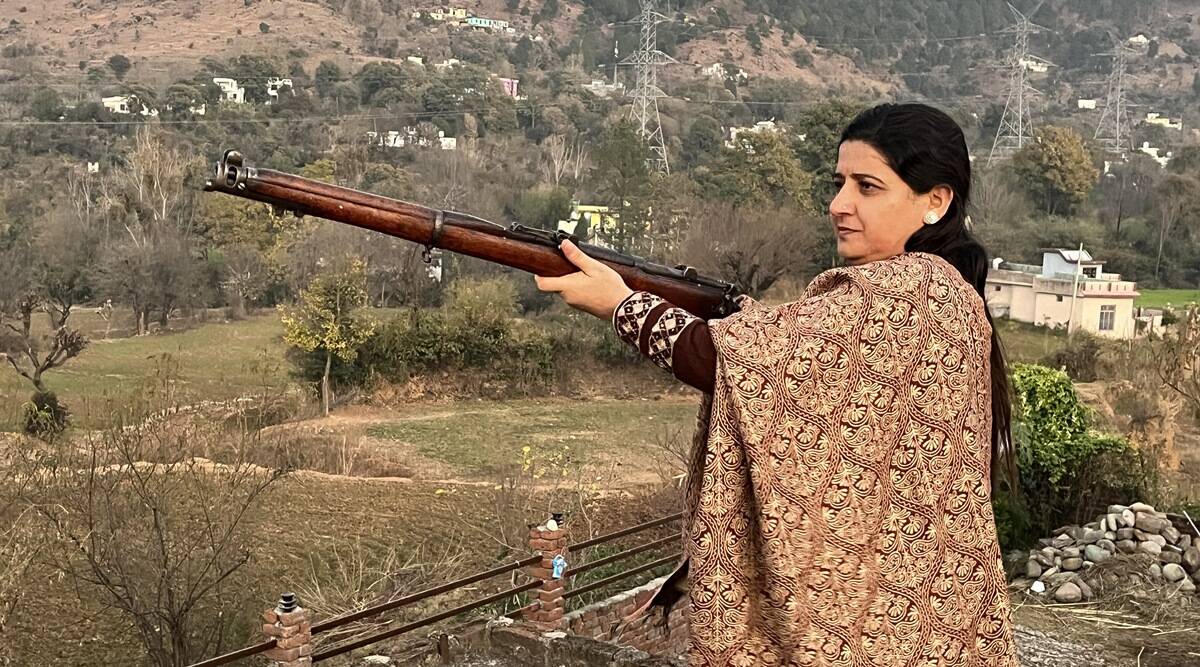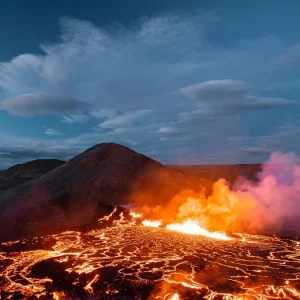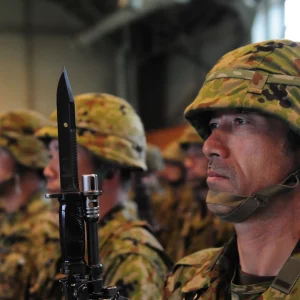On Monday, January 2, 2023, six people, among them two children, lost their lives in a blast attack on the Kashmiri village of Dangri, which is in India-controlled Kashmir. The attack occurred mere hours after two gunmen shot at three houses in the same village, where five were injured and four died. Later known as the Rajouri attacks, these concurrent instances of violence disheartened the people of Kashmir and incited rage in the nations of India and Pakistan, which are currently embroiled in a decades-long fight over the borders of the region of Kashmir. The two governments have only further exacerbated this conflict with their actions, such as how recently the Indian government has utilized these attacks to arm local villagers, putting more guns into the region as well as teaching people how to use them.
India and Pakistan have been in conflict over the borders of the region of Kashmir since both countries gained independence from Britain in 1947 and partitioned into the Hindu-majority state of India and the Muslim-majority states of Pakistan and East Pakistan (modern-day Bangladesh). The post-independence border dispute over Kashmir has triggered multiple wars between the two nuclear powers. In 1987, after state elections in India-controlled Jammu and Kashmir sparked an independence movement known as the Jammu and Kashmir Liberation Front, India accused Pakistan of inciting this insurgency by sending troops across the Line of Control. Both nations have funneled weapons and troops into the region since the 1990s, inciting another war.
This war also set off a string of violent incidents and attacks in the region, including a 2010 protest in the Kashmir Valley in India-controlled territory, where Indian forces killed a protestor. A 2011 report about the incident from the Indian Human Rights Commission confirmed that over 2,000 unidentified bodies lie near the Line of Control, presumably individuals who disappeared after arrests by security forces.
As Meenakshi Ganguly, then the South Asia director of Human Rights Watch, stated to Human Rights Watch in 2011, “For years, Kashmiris have been lamenting their lost loved ones, their pleas ignored or dismissed . . . But these graves suggest the possibility of mass murder.”
When India’s Bharatiya Janata Party (BJP) joined the region’s government in 2015 as a majority ruling power, tensions between Hindus and Muslims in Kashmir continued to rise due to the Indian government’s impositions, such as a ban on beef. Cows are considered sacred in the Hindu religion, while beef is a part of many Muslims’ diets, and the slaughtering of cows for beef has been a point of contention between Hindus and Muslims in India before. Violence is actually so brutal and common that the Indian government instituted a curfew in the region, specifically due to the increase in militant violence. Both Pakistanis and Indians have to evacuate the region in multiple instances from 2016 to 2019 to escape violence between militant and insurgent groups and Pakistani and Indian troops. This conflict culminated in the Indian government’s Jammu and Kashmir Reorganisation Act of 2019 which divided the region of Kashmir into two union territories: Ladakh and then Jammu and Kashmir. It specifically stripped Jammu and Kashmir of special autonomous status.
Now, India seems to be revitalizing a strategic defense relic. In the past, the Indian government wholeheartedly supported Village Defense Committees (VDCs) as support mechanisms for Hindus living in the Jammu and Kashmir region in the 1990s. VDCs were locals who organized into militant groups to protect themselves against violent terrorist attacks that were becoming increasingly common and deadly.
With the recent uptick in violence, the Indian government has been supplying weapons and training to locals, aiming, once again, to support a new form of VDCs: Village Defense Guards (VDGs). VDGs, who group into Village Defense Groups, are individuals living in Kashmir who have committed themselves to fight in defense of Hindus in Jammu and Kashmir amidst the religious and political violence. This violence is horrifying for those living through it, and locals have been begging for state-supported intervention or some government aid for a long time now. The Indian government supporting these VDGs has, to some, been the support they have craved for. However, it is important to note that some VDGs are taking actions that are not in defense but rather have been categorized as human rights abuses, ranging from utilizing their weapons to settle family disputes to murder and rape on a religious discriminatory basis. With a BJP-backed VDG system in place, occupied Kashmir has the potential to become even more violent than it already is.
This brings into question the commitment to “progress to the region” the Indian government made in 2019 in defense of the Jammu and Kashmir Reorganisation Act. The recent actions of the BJP have not stayed in line with India’s promise here. By introducing not only weapons but military training by reviving these VDGs, the Indian government is aiding in increasing religious and political violence, specifically inciting more violence against the Muslim minority in Jammu and Kashmir. Pakistan has also not made any strides to progress or mitigate the situation, staying silent in the 2017 militant attack against Hindu pilgrims attempting to take the holy pilgrimage of Amarnath Yatra, which consists of going to a shrine located in Kashmir.
Pakistan has consistently led with a lack of condemnation or responsibility and has seldom made a bold claim to “progress” the way the Indian government has. Regardless, the Indian government has evidently not kept that vague promise. The main issue is that both of these nations continue to perpetuate violence in order to gain control over the region, with agendas surrounding principles. Neither have actually committed to safeguarding the security of those living in the region. Progress will never truly be achieved if either power is prioritizing drawing borders to maximize anything but the safety of those living in Kashmir.
As tensions continue to escalate, it becomes clearer that some of the most stringent instigators are the governments themselves. India’s recent action involving arming locals has made it clear that they are more committed to continuing the conflict than resolving it, which makes one question what their commitment to “progress” is actually going to shape up to be. Kashmiris—of Indian and Pakistani origin, those who identify themselves as Hindus or Muslims—are all feeling the violently disastrous effects of the lack of peace the Indian and Pakistani governments have committed themselves to in Kashmir. The nations are consistently promising a warped notion of progress, but never peace.
Featured Image Source: The Indian Express






Comments are closed.